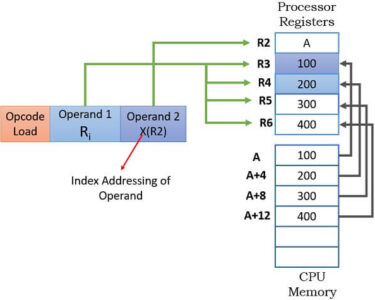
Proactive Techniques to Counter and Address Malicious SEO Tactics
Malicious SEO tactics are unethical and deceptive practices employed by some individuals to manipulate search engine results. These tactics can damage a website’s ranking and reputation, and it’s crucial for website owners to take proactive steps to protect themselves.
Identifying Malicious SEO Tactics
Before implementing countermeasures, it’s important to be aware of common malicious SEO tactics:
- Link spam: Creating artificial or low-quality links to improve a website’s ranking.
- Keyword stuffing: Overusing keywords on a webpage to manipulate search results.
- Cloaking: Showing different content to search engines and users to deceive them.
- Negative SEO: Intentionally damaging a competitor’s website ranking through spammy tactics.
Proactive Techniques to Counter Malicious SEO
1. Monitor Website Backlinks:
- Use backlink analysis tools to identify low-quality or spammy backlinks.
- Remove or disavow links from suspicious sources.
- Build high-quality backlinks from reputable websites.
2. Implement Content Quality Controls:
- Create unique and valuable content that provides real value to users.
- Avoid keyword stuffing and create content that is naturally optimized for relevant keywords.
- Use reputable sources and avoid plagiarizing content.
3. Use Google Search Console:
- Set up a Google Search Console account to monitor website performance and identify any suspicious activity.
- Use the "Disavow Links" tool to report low-quality backlinks.
- Track website ranking and traffic to detect any sudden fluctuations that may indicate malicious SEO.
4. Protect Against Cloaking:
- Ensure that your website displays the same content to search engines and users.
- Use tools like browser extensions to detect cloaking tactics.
- Regularly check your website’s source code for inconsistencies.
5. Monitor for Negative SEO:
- Keep an eye on your website’s ranking and traffic for any unexplained drops.
- Use tools like "Google Alerts" to monitor mentions of your website online.
- Be vigilant for malicious backlinks or spammy content from competitor websites.
Address Malicious SEO Tactics
If you suspect that your website has been targeted by malicious SEO tactics:
- Contact Google: Report the issue using Google’s "Report Spam" form.
- File a DMCA Takedown Request: If your content has been plagiarized or used without permission, file a DMCA takedown request with the relevant hosting provider.
- Consult an SEO Specialist: Engage an experienced SEO specialist to analyze your website, identify malicious tactics, and develop a remediation plan.
- Take Legal Action: In cases of severe damage, consider taking legal action against the perpetrators.
Conclusion
Proactively countering and addressing malicious SEO tactics is essential for protecting your website’s integrity and ranking. By implementing these techniques, website owners can mitigate the impact of unethical practices and maintain a healthy online presence. Regular monitoring, content quality controls, and effective use of tools will empower you to safeguard your website from malicious SEO.


